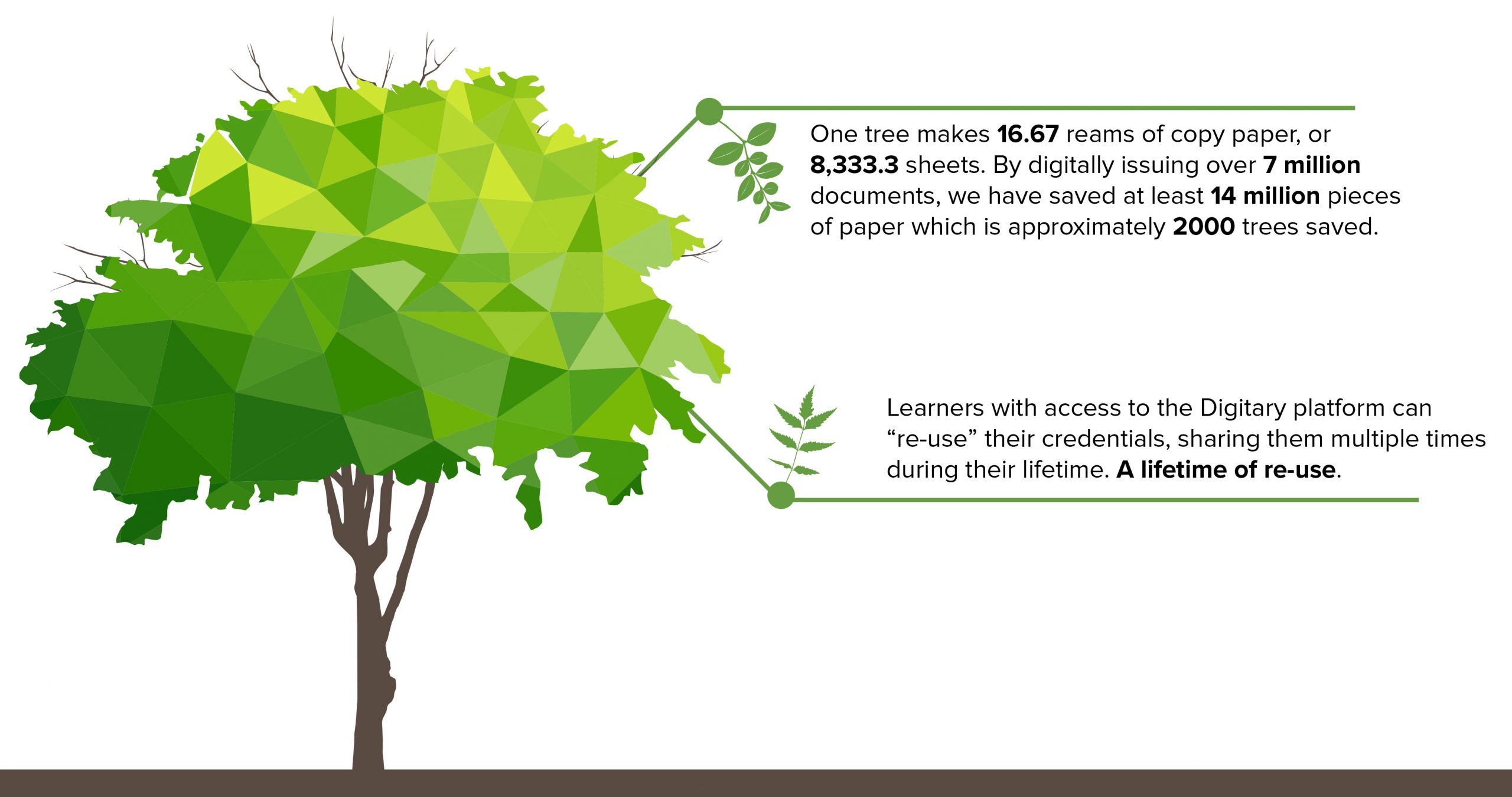Is Digital Transformation the Key to Environmental Sustainability in Education?
Digital transformation and sustainability have evolved over the past few years. Whilst the ongoing COVID-19 pandemic has necessitated change, digital transformation brings an opportunity for education institutions to accelerate their adoption of digital technologies and keep sustainability and environmental initiatives at the top of their priority lists.
New research with 2,000 prospective international students from Times Higher Education’s consultancy team has found that students are more likely to choose a university based on its commitment to sustainability than for its location.
Students are increasingly expecting and demanding that education institutions demonstrate their commitment in ensuring a sustainable future, and more and more universities are doing so through their research outputs and operational practices.
As every education provider works to re-invent itself to operate successfully in these challenging times, enacting greater sustainability practices will make them more efficient, environmentally focused, adaptable and deliver a student-centric experience that matches learner expectations.
Operationally, the use of resources is a high priority among education providers with advanced sustainability measures in place. Global deforestation is a major issue in the world today and the pulp and paper industry is one of the main players of deforestation.
Globally, paper consumption increases by an average of 2% per year and currently global paper consumption is around 399 million tons. The paper industry itself consumes 42% of all trees to produce paper. Paper making also contributes significantly to the pollution of air and water.
Paperless solutions represent one practice that education providers can be more efficient with their resources.
More and more education providers are turning to secure digital solutions to support their operations and deliver a digital experience to learners. With respect to the issuance and receiving of digital credentials, benefits alongside the environmental benefits can include:
- Accessibility – When certified academic documents are stored in the cloud learners can access and share their credentials including certificates, testamurs, transcripts, diploma supplements, confirmation letters and a variety of region-specific credential documents online 24/7 for ease of access and use.
- Time Savings – Learners no longer need to wait weeks to receive degrees and transcripts, whilst institutions can produce, certify and authenticate thousands of credentials within a short-time period.
- Cost Savings – Going paperless reduces the costs of paper, ink, toner, envelopes, storage space and postage. Additionally the operational costs of issuing credentials and/or verifying credentials can be reduced with greater automation.
- Space Savings – Digital files take up no physical space.
- Better Security – With good protocols in place, documents are more secure in the cloud than being physically accessible. All records issued to learners are cryptographically signed using a key that is only accessible to officials of the education provider. This gives the records authenticity, tamper-evidence, and legal validity in line with international legislation and established technical standards.
Sustainability can serve as the push for many education providers to take up digital technologies. As the pressure for environmental responsibility mounts, secure digital technologies for provisioning and receiving academic credentials through solutions such as Digitary can make a large contribution in helping education providers better meet their sustainability goals. Digitary’s cloud platform enables learners around the world to access and share their official academic documents online with employers, education providers, government agencies and other third parties, and the evolving landscape of Verifiable Credentials (VCs) and Self-Sovereign Identity (SSI).
Digital Credentials also go towards the Sustainable Development Goals (SDGs) of the United Nations, which include ensuring inclusive and equitable quality education, the promotion of lifelong learning opportunities for all; and ensuring sustainable consumption and production patterns.
As the call for more sustainable solutions emerges from the expectations of learners today, it’s time for education providers to look at solutions that meet and empower these expectations. By recognising their achievements with accessible and controllable credentials, learners can easily share and re-use without negative environmental impacts on our earth.
References:
Global Paper Consumption Statistic
* https://www.statista.com/statistics/1089078/demand-paper-globally-until-2030/
Times Higher Education Consultancy Statistic
* https://www.timeshighereducation.com/news/sustainability-more-important-location-mobile-students
The Sustainable Development Goals (SDGs)
* https://sdgs.un.org/goals
Global Paper Usage Reference
*http://www.conservatree.org/paperlisteningstudy/Forests/question64.html#:~:text=How%20much%20of%20all%20timber,percentage%20of%20trees%20harvested%20worldwide.&text=Of%20the%20wood%20harvested%20for,percent%20goes%20to%20paper%20production.


